Autumn is in full swing, schools are breaking up for the Herbstferien, and the colder winter months are on their way.
But with double-digit temperatures still expected for the next week, it’s the ideal time to visit some breathtaking destinations around Germany and enjoy the last of the beautiful autumn colours.
If you’re wondering what the best travel destinations are in Germany in autumn, here’s some inspiration to get you started.
1. Allgäu
Though stunning all year round, the mountainous region of Ällgau in southern Bavaria is particularly beautiful at this time of year. Varied hiking trails offer explorers plenty of fresh air and autumnal landscapes, as well as impressive historical landmarks.
A particularly pleasant hiking path for all abilities begins at the Immenstadt train station and leads via the sleepy hamlet of Zaumberg up to the picturesque Siedelalpe, to the Großer Alpsee (big Alp lake).
The Allgäu region is also dotted with charming historical castles, like the 19th-century fairy-tale Neuschwanstein Castle, the nearby Hohenschwangau Castle and the ruins of the centuries-old Eisenberg and Hohenfreyberg castles which all offer spectacular mountain views.
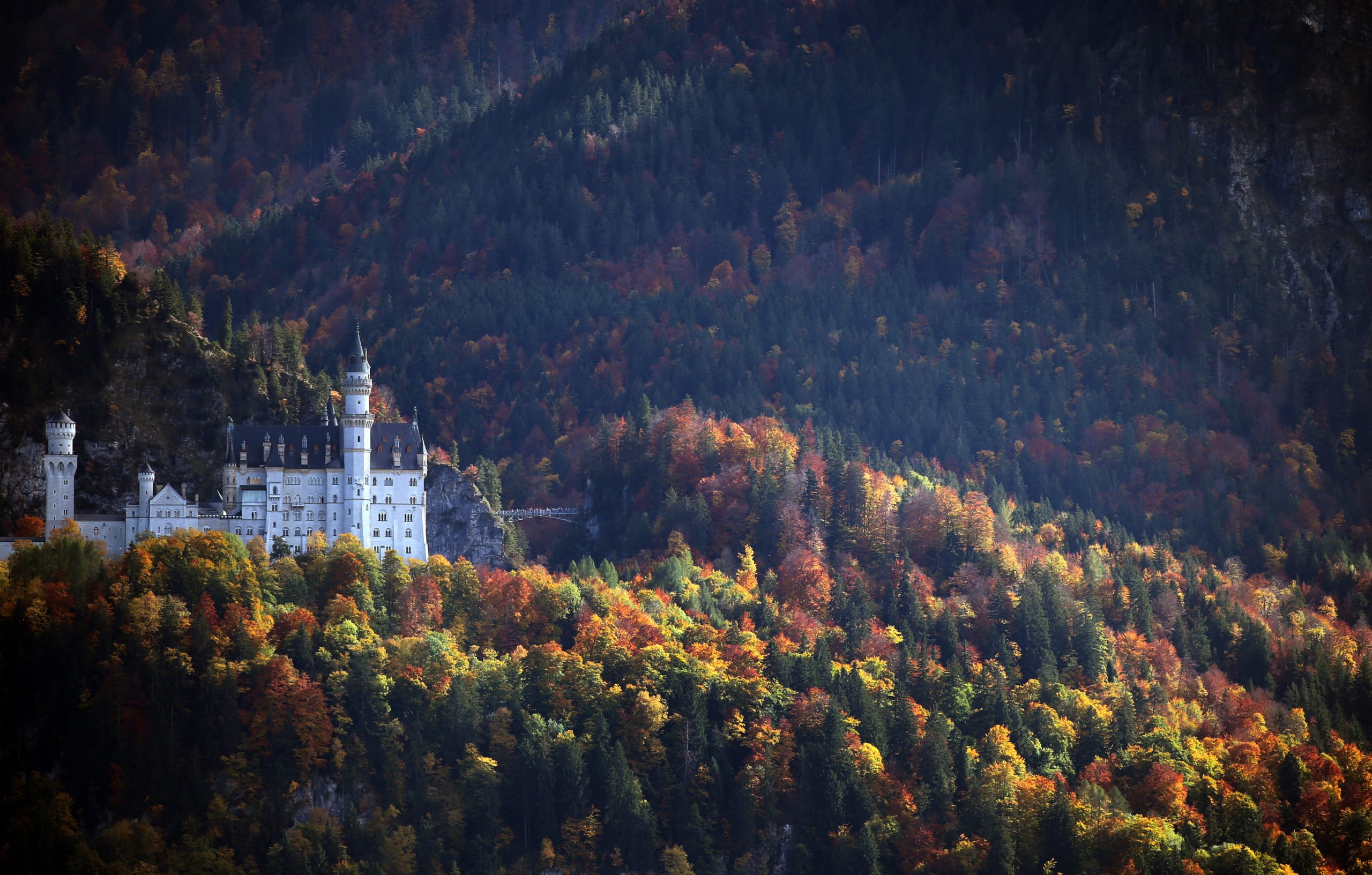
The Neuschwanstein castle and surrounding area have a particularly special charm at this time of year. As the castle itself closes at 6pm, visitors have plenty of time to descend the peak to watch the autumn sunset over the Alpsee lake next to the Museum of the Bavarian Kings.
2. The Moselle Valley
Romantic wine villages, fairytale castles and palaces, varied hiking trails and steep and vineyard-covered slopes characterise the stunning Moselle region in Rhineland-Palatinate.
READ ALSO: 10 unmissable events in Germany this October
The region, which follows the meandering path of the Moselle river from Trier to Koblenz, is widely considered one of the most impressive river landscapes in Europe.
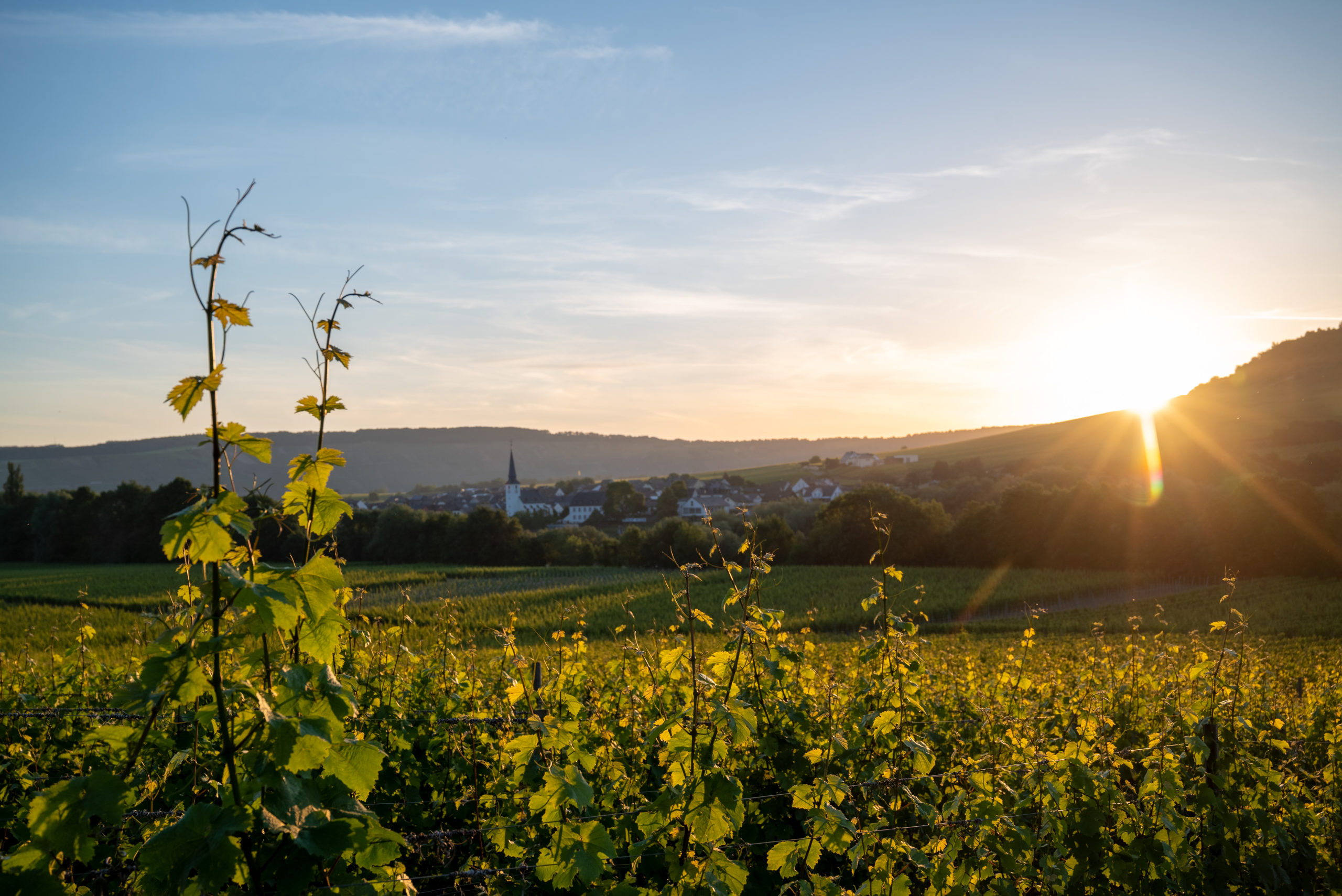
The autumn months are a great time for taking long walks through the vineyards or for sitting in the courtyard of a winegrower in the fading sun with a glass of Moselle wine.
Those who enjoy a sporty holiday can explore the Moselle Cycle Path, which starts in France and runs for over 300 kilometres to Koblenz. On the German stretch of the tour, there are plenty of opportunities to make a stop at one of the small wine-growing villages such as Bernkastel-Kues, one of the most beautiful towns in Germany.
3. The Black Forest
With its mystical lakes, enchanted paths and dense forest – the varied nature of the black forest region makes it a perfect destination for an autumnal break.

Autumn offers the perfect backdrop for a tour by mountain bike or a hike through the forest. In the winegrowing villages, wine taverns offer regional specialities and, along the Baden Wine Route, visitors have a choice of several wine festivals to enjoy on autumn weekends.
READ ALSO: German words you need to know: Die Herbstfärbung
In clear autumn weather, the Feldbergsteig peak offers magnificent views as far as the Vosges Mountains and, even as far as the Alps.
4. The German Islands
Vastly popular in summer, the German islands in the North and Baltic Seas offer a quieter, but no less picturesque, retreat in the colder months.
By early autumn Rügen’s beech trees start to turn yellow and are a particularly breathtaking sight from the top of the famous chalk cliffs which stretch along 15 kilometres of coastline. In the autumn, visitors can also enjoy a natural spectacle, as flocks of cranes make a stopover on the Baltic Sea island during their journey south.
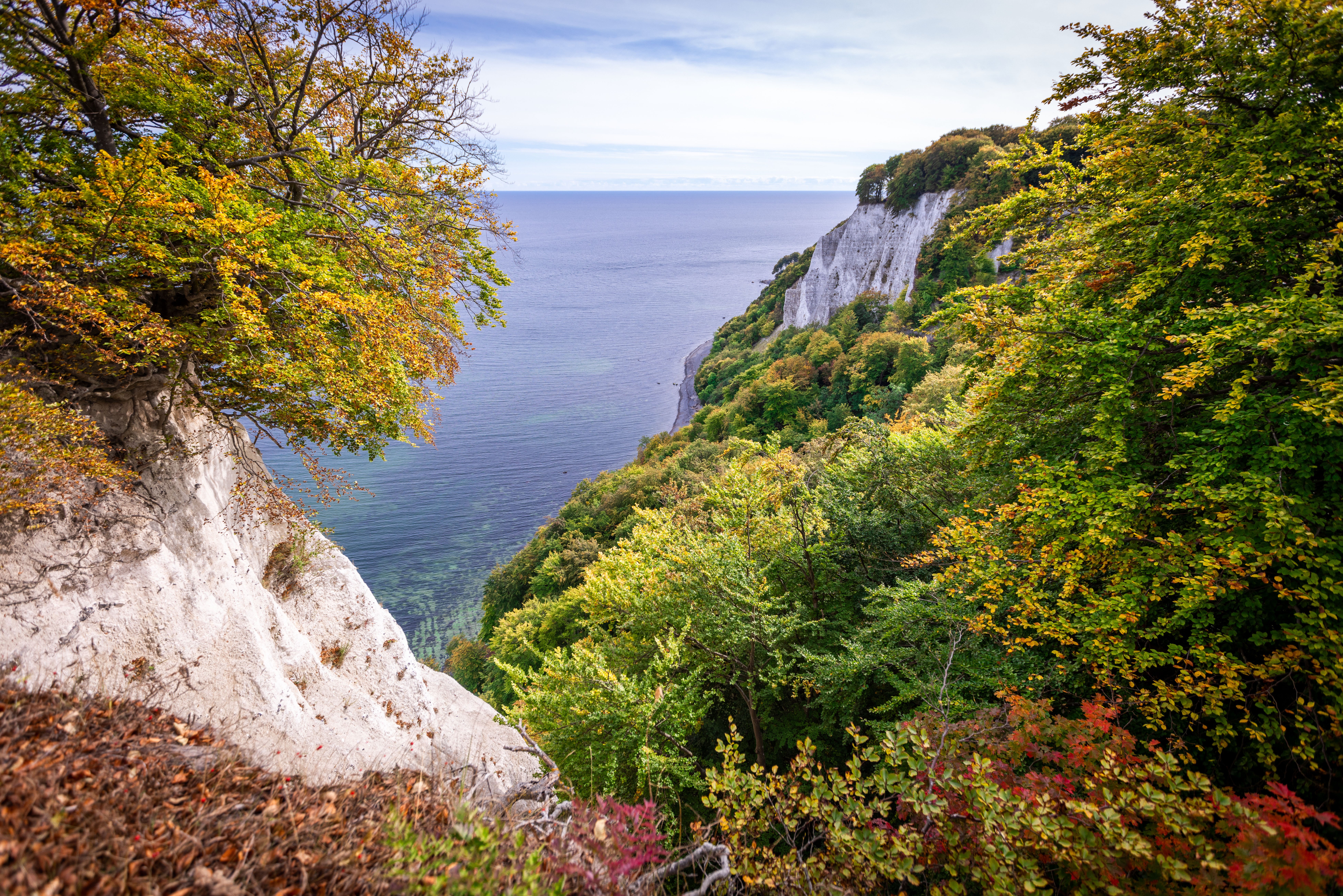
Autumn on the North Sea island of Sylt – which is hugely popular in summer – is characterised by deserted beaches which are perfect for long, bracing walks.
The offshore salt marshes and the Wadden Sea on the North Sea Island of Pellworm also have their own special charm at this time of year. A stiff breeze sweeps over the rugged landscape making the island the perfect place for refreshing autumnal walks.
5. The Mecklenburg Lake District
With over 1000 lakes and the UNESCO World Heritage Site of the Ancient Beech Forest, the lake district in Mecklenburg West-Pomerania is a great place to discover nature in autumn, by foot, by bike or even canoe.
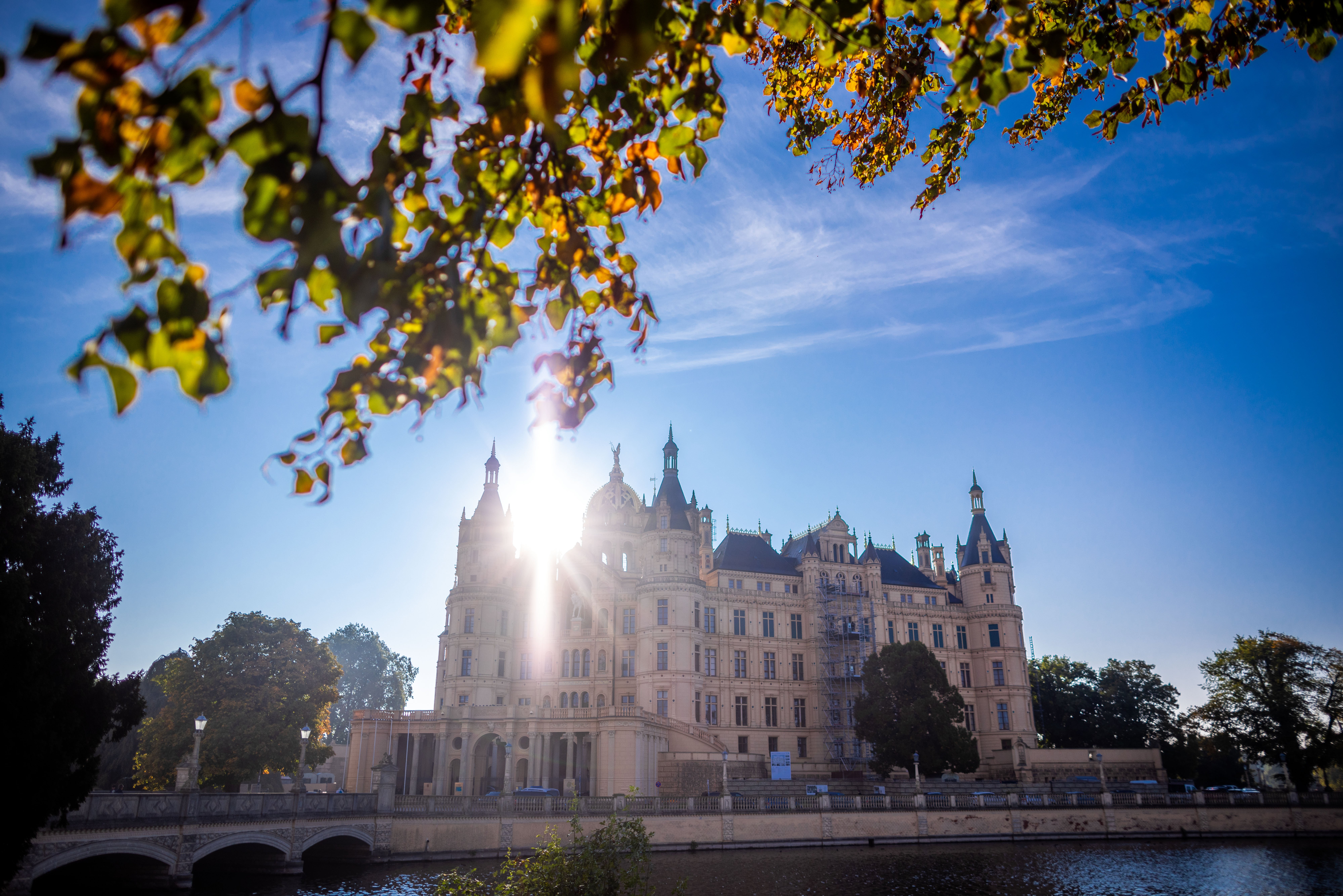
Also, from October 8th to 23rd, over 2000 stately homes and manor houses throughout the state open their doors to the public. With castle and park tours, concerts, exhibitions, readings and numerous culinary events, there are a wide variety of cultural offerings to choose from for visitors to the region. Find the full programme of the Schlösserherbst (“manor houses autumn”) here (in German).
6. Regensburg
While millions of people will be flocking to Munich this autumn for the return of Oktoberfest, the Bavarian city of Regensburg, 120 km to the north, is also well worth a visit at this time of year.

A stroll along the banks of the Danube river in the autumn sun is particularly captivating, while the highlights of the ancient city – including St. Peter’s Cathedral, the famous Stone Bridge and Bismarck Square and the Presidential Palace – are perfect to discover at this time of year.
READ ALSO: Germany’s famed Oktoberfest opens after two-year pandemic hiatus
Just outside the city gates, the Bavarian Forest also offers numerous opportunities for outdoor activities.
7. Lüneberg Heath
Lüneberg Heath, a huge nature park made up of heath and woodland in northern Germany, is one of the best places to admire the unique beauty at this time of year.
The oldest nature reserve in Germany, Lüneberg Heath is also one of the largest areas of protected woodland in the country, making it the perfect place to see the variety of foliage turn from green to olden yellow.
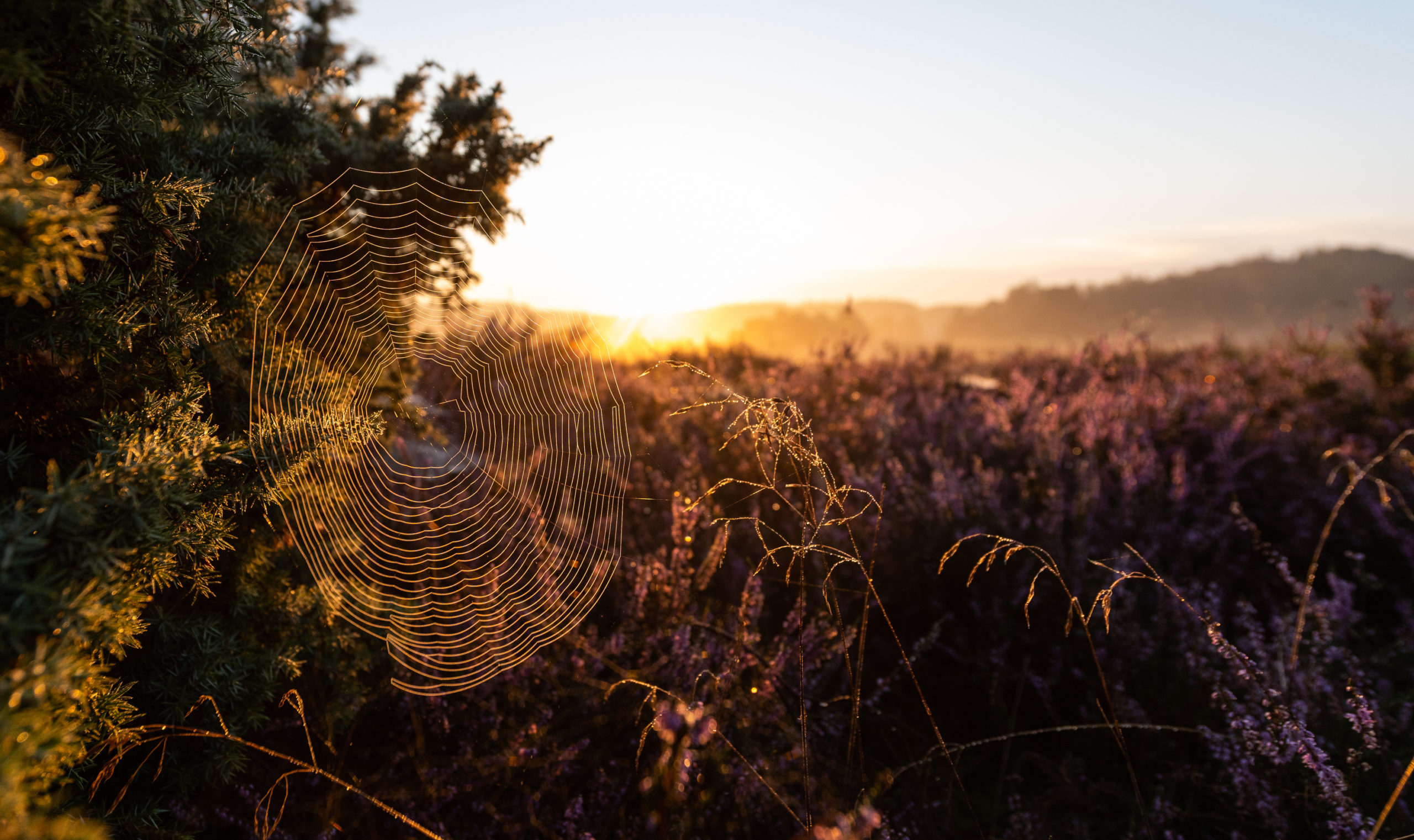
The Heath is a great place for hiking at cycling in autumn, as chestnuts and acorns crunch underfoot and numerous cosy inns dotted throughout the region welcome weary hikers with hearty, autumnal cuisine.

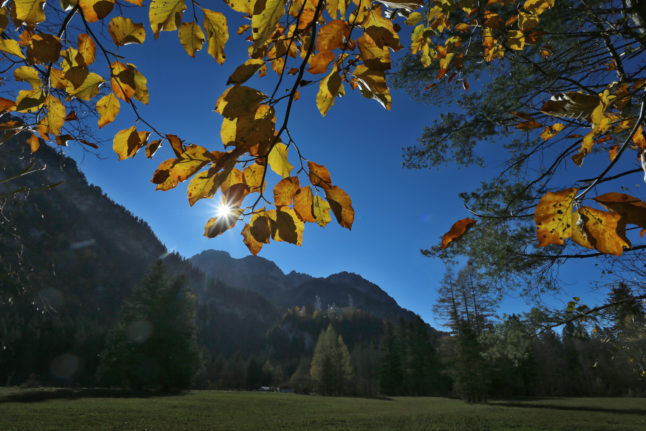
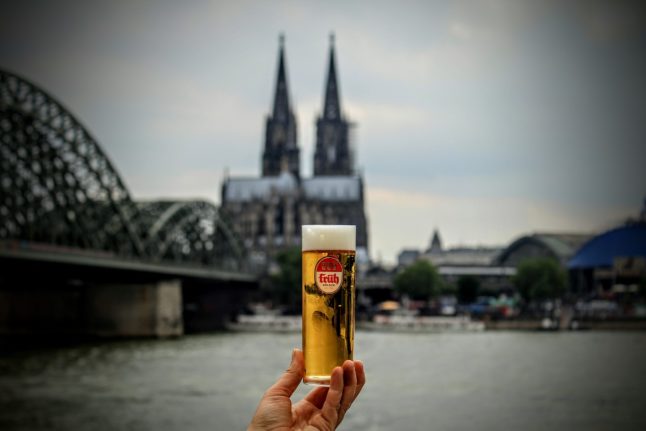

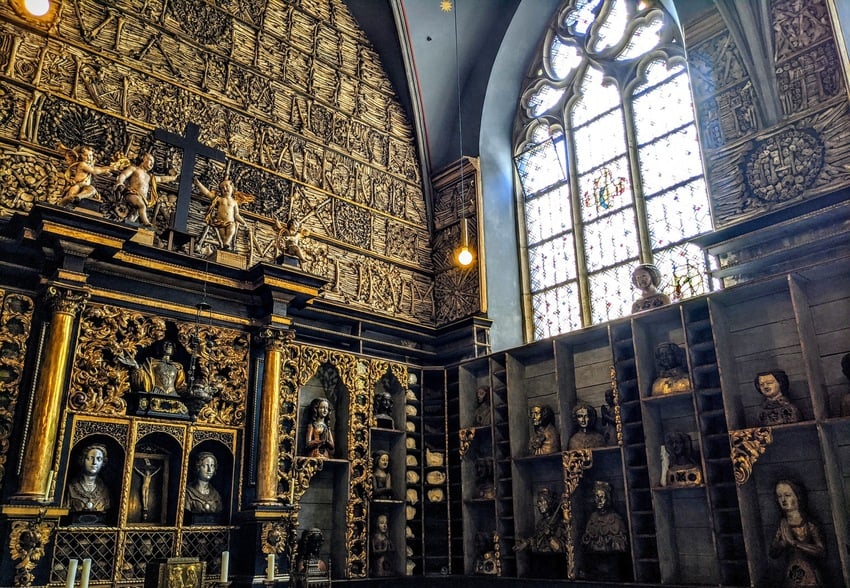

 Please whitelist us to continue reading.
Please whitelist us to continue reading.
Member comments